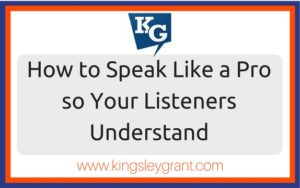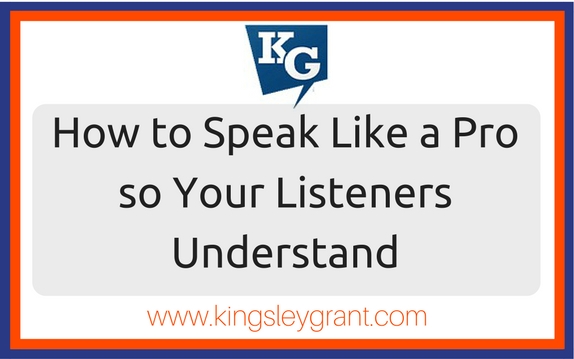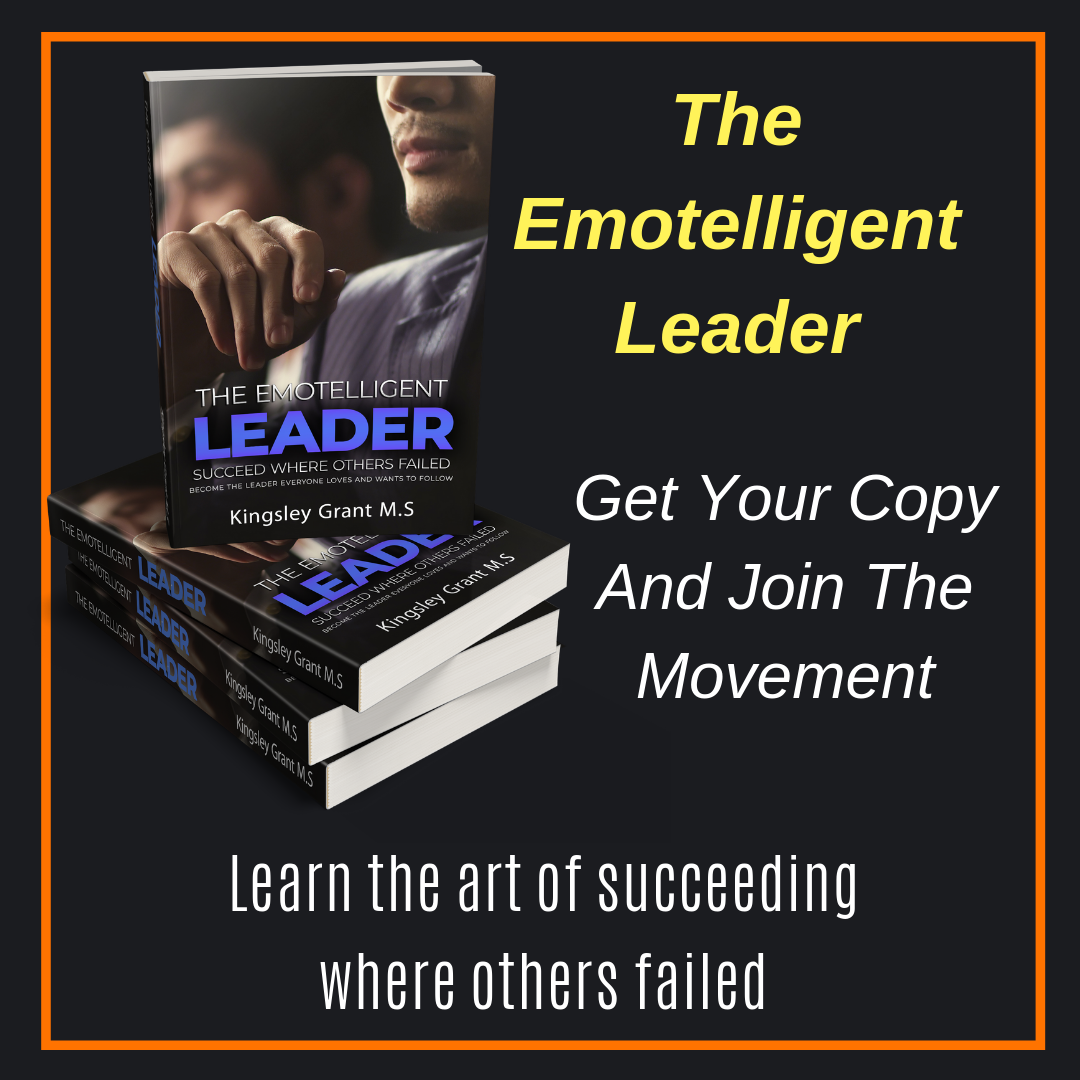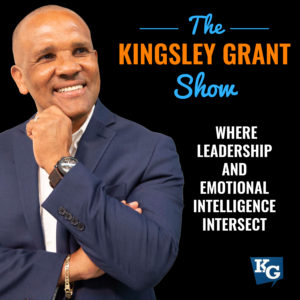 ever wondered what makes them so comfortable, polished and captivating?
ever wondered what makes them so comfortable, polished and captivating?I have.
And sometimes I wonder if I could ever be like them. Can I be that comfortable? Can I be that polished? Can I be that captivating?
The answer is yes, yes and yes.
You might be rolling your eyes or sighing as you think of yourself being that pro. Maybe you are saying, “oh sure, it’s easy for you to say. You don’t know my struggles.”
You are right. I don’t, but I believe these three suggestions will help you be well on your way to speak like a pro even when you’re not.
The three best practices to speak like a pro
1. Speak in your own voice
So many people think that if they can put on a “show” like that person on stage whoever he or she happens to be, that should do it. They are under the impression that that’s what makes someone a pro.
They practice and practice to see if they can have the moves they do, make the facial expressions and have the intonations as their “hero” thinking this should do it.
What happens is that they are forcing what is not natural. It’s hard to keep that pace. This is too much work. It eventually becomes unsustainable.
What should you do?
Be you. Don’t try to be someone you’re not. Anything other than the original is a copy. You can never be first when you are an imitation. You will always be second. Is that what you want?
I didn’t think so. Who wants to be second when they can be first. Be natural. Speak from the heart which is the next point.
2. Speak from the heart
Passion comes from the heart. People can tell when something is heart felt. It has the emotions. It becomes more than mere words.
When you are speaking from experience that has been deposited in the heart, you don’t have to worry about running out of what to say. You don’t get brain freeze where you forget your lines. It doesn’t mean this never happens, but it is less likely.
Heart speech touches heart. Head speech touches head. Heart speech has more of an impact and will long be remembered. Head speech is more short lived.
I find that when I deliver a speech that is from my heart, I am more in alignment with my truth. I am less about getting it right and more about making sure my audience gets it right; what they came for.
When you speak from the heart you are using your voice.
3. Speak so your audience learns
In every audience, there are people with different learning styles. By this I mean, they would rather you give them information in the way they learn best.
I learn best when I’m able to see and hear things. If I’m shown a picture and told a story around that, I get and remember it easier.
We all have our way of learning.
Because this is true, we need to speak with that in mind. You task is to tell a story or do a presentation that paints a picture for someone to “see” and hear what it is you are talking about?
If you are able to do that, you will have at least covered two syles of learning in one presentation: auditory and visual.
To go one step further, what if you were to have a demonstration of your presentation where you get the audience to participate by drawing, writing or touching something? This would make it more impactful and sticky. You would have now touched on three forms – auditory, visual and kinesthetic.
If you keep this in mind when you are presenting, you will have more of an impact on your audience and they will leave feeling as if you spoke to them. Why? You spoke their language.
This is one of the coaching skills I use to help people who are putting together presentations or speeches. I evaluate their talk and give feedback that lends itself to the three points on speaking like a pro even when you are not.
If this is something that you do regularly or is trying to do, you might want to get feedback from someone who knows what it is your are looking for. You can speak like a pro even when you are not.





